Your phone is your lifeline especially when traveling. It’s your navigation system, a restaurant finder, translator, and camera, among other things, so it’s no wonder the battery drains quickly. This is the moment the panic sets in, and you feel like you’re left stranded on a desolate island. The good news is that there are some tricks to prevent this from happening and keep your phone charged even with no power plug in sight.
1. Battery saver mode
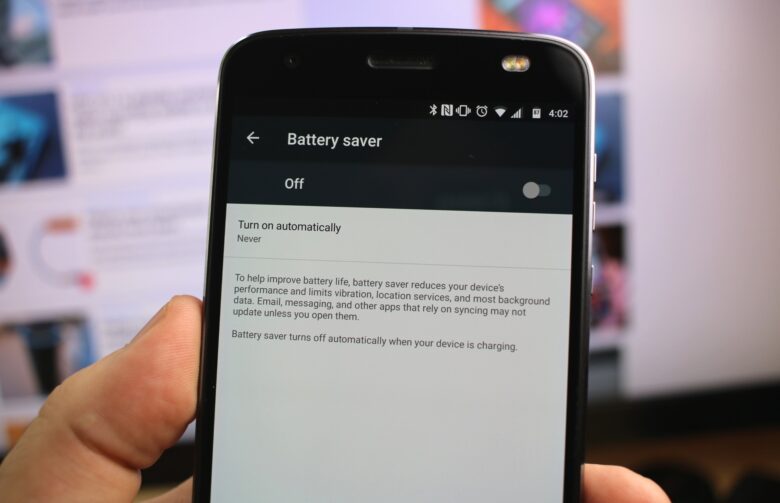
Source: phandroid.com
The first obvious choice would be to turn on battery saver mode in advance. Smartphones will warn you when the battery capacity goes under 10% and will give you an option to turn on saver mode then. For sure this will prolong the battery life, but there is a downside. It will also reduce the brightness of the display and stop all non-essential features and activities like your email notifications, as well as all the syncing, downloading, and updating of any apps or software. The brightness of the screen is one of the greatest battery-eaters that, if put on the highest level, can drain your battery faster than all other features on the phone combined. Dim your phone screen to the lowest level of conformity. Reduced performances can give a few more life hours to the battery which is sometimes all you need to get to the nearest outlet.
2. Temperatures
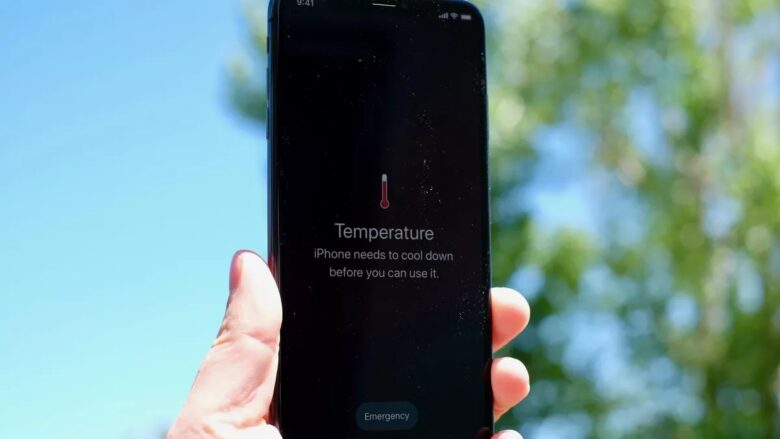
Source: cnet.com
The optimal temperature the manufacturers suggested for battery life is the balmy 72 degrees Fahrenheit. A little over and below this ideal temperature is fine also, but extreme weather conditions can greatly reduce battery life. If temperature rises above 95 degrees F, or 35 degrees C, can cause permanent damage to the battery. On the other hand, in cold climates battery will start dropping rapidly, cutting the life span for up to 50%. To prevent this, while outside on a hot summer day keep your battery in a shade where the temperature is lower. On winter days, try to keep your phone in a warmer place, like your pocket.
3. Downloading
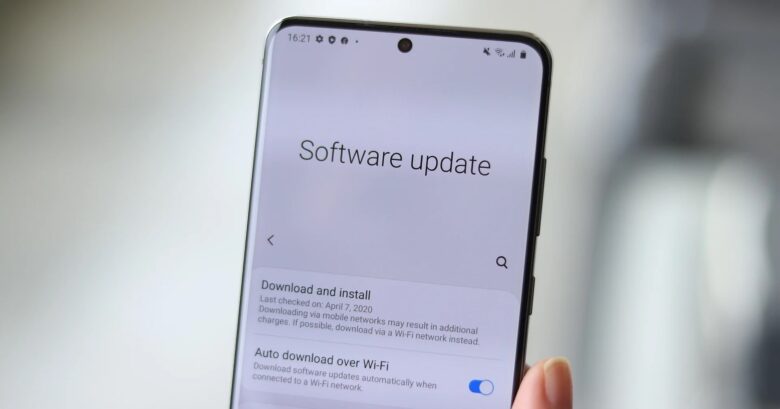
Source: sammobile.com
Layover time at the airport can be a drag and the best way to kill a couple of hours is to watch a movie or play some new game. True, but make sure you downloaded them before you left. Downloading or even updating your old game can diminish battery very quickly, in less than an hour you can be left counting floor tiles. So, be careful and plan in advance. Everything that you think you might need if faced with a long waiting time, download it before leaving your home or a hotel room. It’s unlikely you’ll find an outlet anywhere at the airport, much less on the train or a bus station.
4. Facebook and Twitter
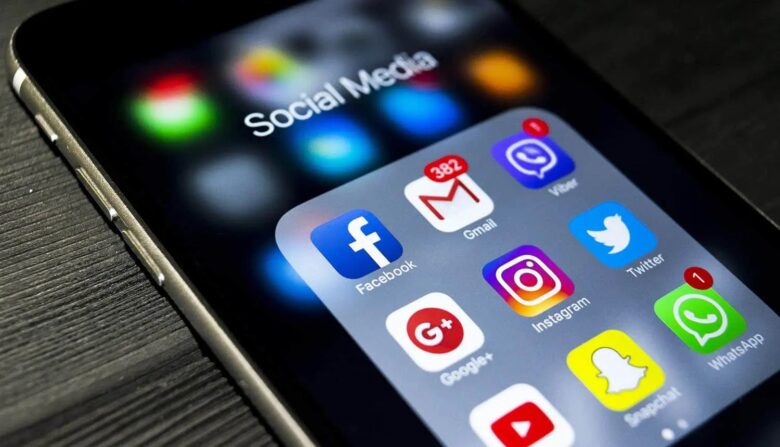
Source: cpomagazine.com
Social media networks, especially Facebook and Twitter can be true battery slayers. They are constantly refreshing in the background so that you can always have up-to-the-minute updates available. Even when not in use, they will continue to update information. If this is not absolutely necessary there is an option on all smartphones to stop them from refreshing every few seconds. In the settings, you can choose certain apps to be turned off. When traveling this can make a huge difference in battery life leaving you to use it for more important things, like call your mom when you get to your destination.
5. Location services

Source: businessinsider.com
When you find yourself in the city you’ve never been in, or even worse, in a foreign country, the first thing many people search for is their location. If you’re just sightseeing do you really need this service? Walking around is kind of the point of getting familiar with the new location. Unless you’re completely lost and need to find your way to the hotel, turn location services off. Not only that Google maps are using this feature, but the vast majority of apps are constantly updating your location by pinging with the closest network tower draining your precious battery.
6. Airplane mode
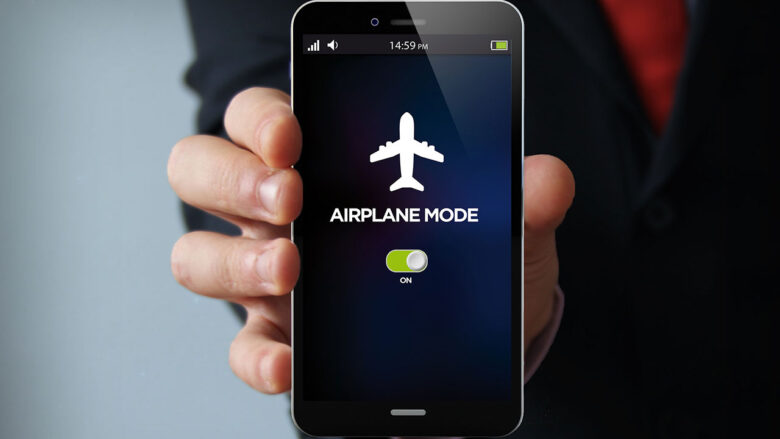
Source: oversixty.co.nz
Your phone is set up to search for the signal all the time. When it gets connected, it still keeps searching for a better one. This is a never-ending loop that smartphones are stuck in. This scanning for the best available signal will reduce your battery fast. So, even when you’re not on the airplane turn the airplane mode on to stop it from searching all the time. By doing this, your cell service will turn off. If it’s not absolutely necessary for you to stay online all the time, save your battery for the time being. You can always turn it back on if needed.
7. Notifications and Apps
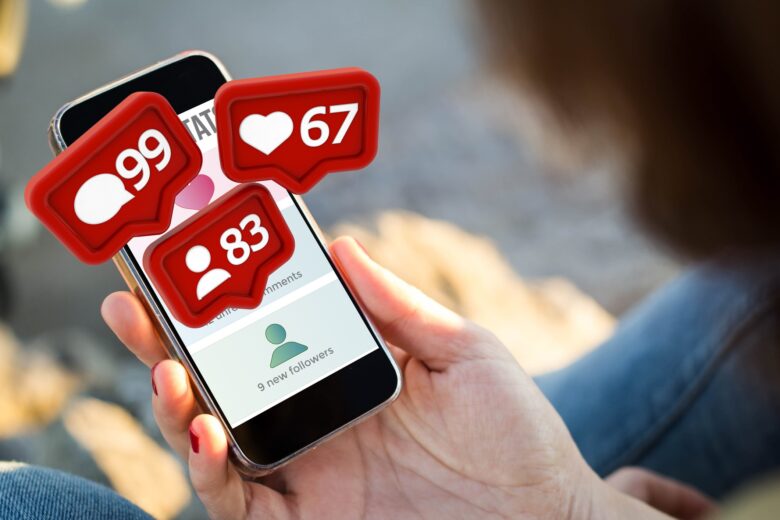
Source: komando.com
If you turned off your cell service and managed to find a Wi-Fi spot while traveling chances are that you’ll connect to the internet right away. Unfortunately, your apps are anxiously waiting for this also. In an instant, every application, email account, online games, and whatever other you have installed, will start updating eating away battery life that you so carefully tried to preserve. To prevent apps and notifications to clutter your display, popping like fireworks on the fourth of July, turn them off before you even start your trip. In settings, you’ll find options on whether you want your applications to automatically update or you’ll rather do it manually. Choose the latter; that way only the app you open will be updated. The same goes for notifications. Turn off automated updates of your email, missed calls, weather conditions, etc. It won’t mean much to you at the moment and it can save you some battery energy reserves.
8. Portable batteries
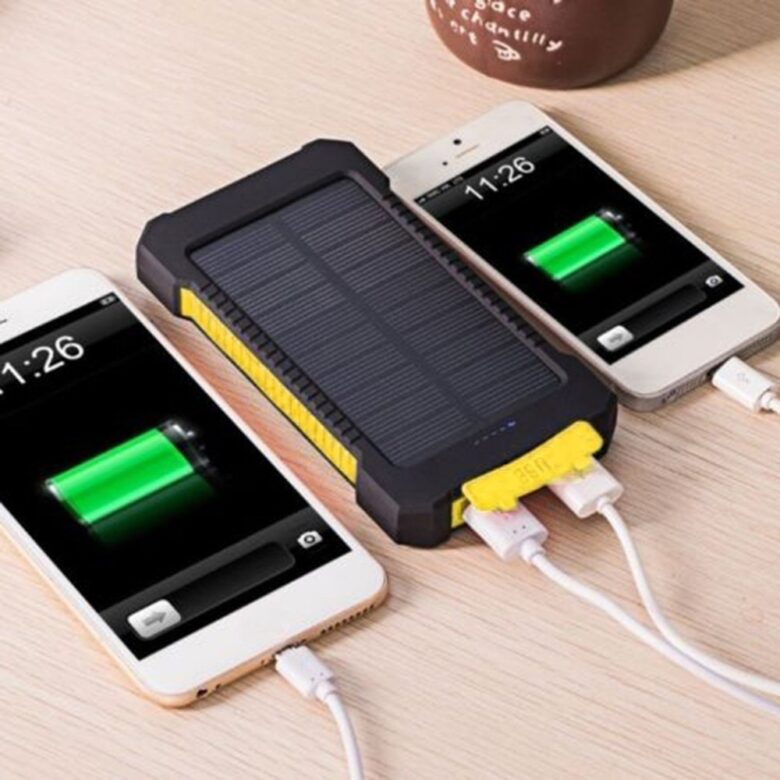
Source: technicalshit.com
In case you decide that you still need to stay connected with everyone everywhere while traveling, from social media friends to news updates, taking shots with the brightest screen possible, you might consider buying some extra battery. Or two. They come rather cheap and are available everywhere. Check out Volta Charger for detailed information. This can be a good option especially if you’re traveling overseas since the outlets are different in every country. Until you find the right charger for your smartphone this can be a lifesaver.




